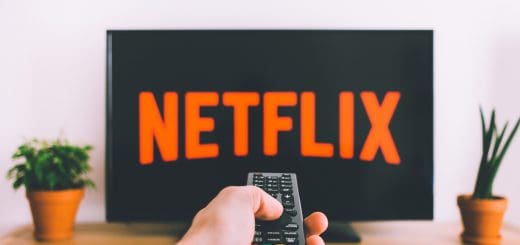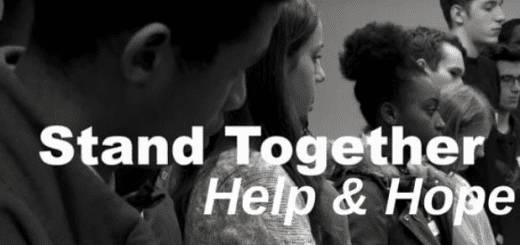Dr. Taunya Tinsley
Meet Dr. Taunya Tinsley
Doctor Taunya Marie Tinsley is a Licensed Professional Counselor, DMin, PhD, NCC, LPC. She is the owner of Transitions Counseling Service LLC and Life Skills Program, where she provides individual, marriage, family and group counseling and consultative services. Additionally, Dr. Tinsley is the Clinical Director of the Mount Ararat Baptist Church Counseling Center. According to her website “Dr. Tinsley’s interdisciplinary areas of counseling, research, and publications include multicultural issues in counseling, multicultural training and organizational development, spiritual and Christian interventions in counseling, sports counseling, and youth, adolescent, and adult development through sports.”
The SOVA Project recently had the amazing and fortunate opportunity to sit down with Dr. Tinsley. During our sit down we had the chance to speak to Dr. Tinsley about her work as a counselor. Here’s what she had to say:
What are the key points when using the humanistic (meaning the study of the whole person) and existential theory (existential therapy is the belief that each person experiences struggles because of their interaction with certain situations that are essential to human existence such as death) for treatment?
When working with an individual, one of the main goals is to create an honest and caring relationship. The relationship between the client and therapist is empathic, person-centered, and nonjudgmental. Empathy is being able to understand someone’s perspective and experience (for more information please see this previous blog post on empathy). It is the ability to put yourself in someone else’s shoes. When a client is comfortable in the relationship, that is what drives the change process. The therapist’s goal is to help the client reach self-actualization, which means to work towards your ideal self and your greatest potential.
How can using this model with adolescents with anxiety and/or depression be helpful?
This intervention style can be helpful with adolescents because it is about making meaning of a person’s life and experiences. The period of adolescence can be a difficult time because you are working through identity vs. identity confusion. This is when you are trying to figure out who you are as a person. You are getting more responsibilities and transitioning into a person that is free of the restrictions of your caregivers and are now making more decisions for yourself. Working with a client using this model helps the adolescent work towards where they want to be and helps them understand their experiences.
Are there any techniques with this model that a person can use to help their anxiety or depression?
During therapy the focus will be on the present. It is about understanding the lived experiences in the here and now. During a therapy session, the therapist will use many opened ended questions, goal setting techniques, and personalized homework assignments. Dr. Tinsley utilizes 3 different techniques:
- Making the individual more aware of who they are and their ideals and belief systems.
- Provide them with the knowledge to make sense of their experiences, and normalizing the experience so that the client can better understand that the reactions they are having don’t make them “weird,” but that the reactions are to the different things they’re experiencing.
- Provide skills and techniques to help the client work through the issues and challenges they are facing.
What are some multicultural issues in counseling and what should people be aware about for this topic?
All counseling is multicultural counseling because we are all unique individuals. What really needs to be understood is that often people are judged by differences that can be easily seen such as, race, ethnicity, religion, gender, and disability so it is important to understand that particular aspect of culture. People also have many identities that are not visible. Part of being culturally competent means that you have an understanding and an awareness of how all these identities can impact particular issues and experiences in a person’s life.
What does multicultural training and development involve?
There are many different techniques that can be used when doing multicultural training. First there are a variety of testing instruments that can be used to measure a person’s knowledge, awareness, and skills as well as the ability to develop cross-cultural relationships. This can be done in the general sense or with a particular group of individuals, such as sexual orientation to measure a person’s beliefs and values. Dr. Tinsley explains that research shows that a person’s multicultural skills and techniques are dependent on the individual’s awareness and knowledge as well as their ability to develop cross-cultural relationships.
If a client is coming into therapy for the first time, what would the client need to know?
It is important to know your counselor/therapist. If possible, try to look up their therapeutic approach, work experience, and training. Dr. Tinsley’s method within the first session is to immediately begin building the therapeutic relationship, as well as hearing the client’s voice. She wants to know what brought you in and what you want to see improved. Then she provides information about the counseling process and explains how they will be working together to achieve the client’s goals. Also, Dr. Tinsley explains her philosophical approach and what it looks like in practice.
If you have any questions or remarks about the interview featured in today’s post, let us know in the comments below!





Recent Comments